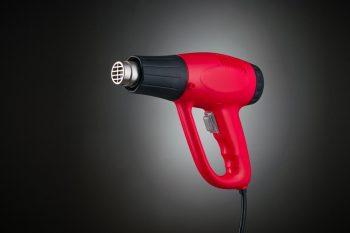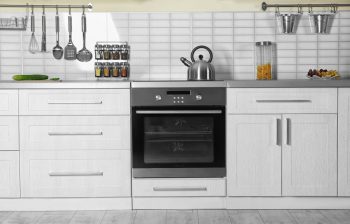
When planning a laundry room layout, the width of your washer and dryer is a crucial factor to consider. Standard washer and dryer sizes are generally 27 inches wide, but dimensions can vary based on the type and capacity of the machines. In this comprehensive guide, we will delve into the specifics of washer and dryer width, factors that can influence their size, and how these dimensions impact installation and functionality.
The standard width for both a washer and dryer is typically 27 inches each. Therefore, for a side-by-side setup, you would need a space of about 56 inches wide. This accounts for the combined width of the washer and dryer, plus an additional inch of space between the appliances and their surroundings. However, these dimensions can vary depending on the type, capacity, and specific model of the machines.
Standard Washer and Dryer Width
Standard front-loading washers and dryers are typically around 27 inches wide, 39 inches tall, and 32 to 34 inches deep. Top-loading machines, on the other hand, usually measure 27 inches wide, 42 to 44 inches tall, and 27 to 28 inches deep.
For a side-by-side setup, you’ll need a space of about 56 inches wide. This measurement accounts for the combined width of the washer and dryer, plus an additional inch of space between the appliances and their surroundings.
Factors Influencing Washer and Dryer Width
The width of a washer and dryer can be influenced by several factors:
- Type of Washer and Dryer: Front-loading and top-loading machines typically have a width of 27 inches. However, compact models can be 24 inches wide.
- Capacity: Larger capacity washers and dryers tend to be wider. For instance, some large capacity washers have an exterior width of 28 inches or more.
- Available Space: The space available in your laundry area can dictate the width of the washer and dryer you choose. For narrow spaces, you might opt for compact or stackable models.
- Installation Setup: If you plan to stack your washer and dryer, you’ll need to consider the combined width of both appliances, which can range from 24 to 28 inches.
Washer and Dryer Width and Installation
The width of your washer and dryer can impact the installation process. Wider machines may be more challenging to maneuver, especially in tight spaces or when navigating around corners.
It’s essential to measure the pathway to the installation location and ensure there are no tight turns that may obstruct getting the units in place. You should also leave at least six inches of space between the back wall and the appliance for hoses and ventilation.
Impact on Laundry Room Design and Functionality
The width of your washer and dryer affects the overall laundry room design and functionality. When designing a small laundry room, it’s crucial to make efficient use of the available space.
If you’re planning for a laundry area with stackable units, you will need a space that is about 29 inches wide, 80 inches tall, and 32 to 34 inches deep. For side-by-side installations, you’ll need a space of about 56 inches wide for the set.
Popular Washer and Dryer Models and Their Dimensions
Let’s look at some popular washer and dryer models and their dimensions:
- LG WM9000HVA: With a width of 29 inches and a capacity of 5.2 cubic feet, this washer is a great option for large families.
- Maytag MED7230: This dryer measures 27 inches wide and has a capacity of 7.4 cubic feet, perfect for handling large loads of laundry.
Remember, the dimensions can vary slightly depending on the specific models and brands. Always check the manufacturer’s specifications for the appliances you’re considering.
Conclusion
Considering the width of your washer and dryer is paramount to ensure they fit perfectly in your designated laundry area. By accurately measuring your available space and considering the width, depth, and height of the washer and dryer, you can avoid potential installation issues and ensure your laundry appliances fit comfortably in your home.
Frequently Asked Questions
What is the average width of a compact washer and dryer?
Compact washers and dryers typically have a width of about 24 inches.
What is the ideal amount of space to leave between a washer and dryer when installed side by side?
When installing a washer and dryer side by side, it’s recommended to leave at least one inch of space between the appliances and their surroundings for safety and maintenance access.
Can all washers and dryers be stacked?
Not all washers and dryers can be stacked. Manufacturers often design specific models to be stackable. Always check the manufacturer’s specifications before attempting to stack laundry appliances.
What is the standard depth for a front-loading washer?
Standard front-loading washers are typically 32 to 34 inches deep.
How much space should be left behind the washer and dryer for hoses and ventilation?
It’s generally recommended to leave at least six inches of space between the back wall and the appliance for hoses and ventilation.












